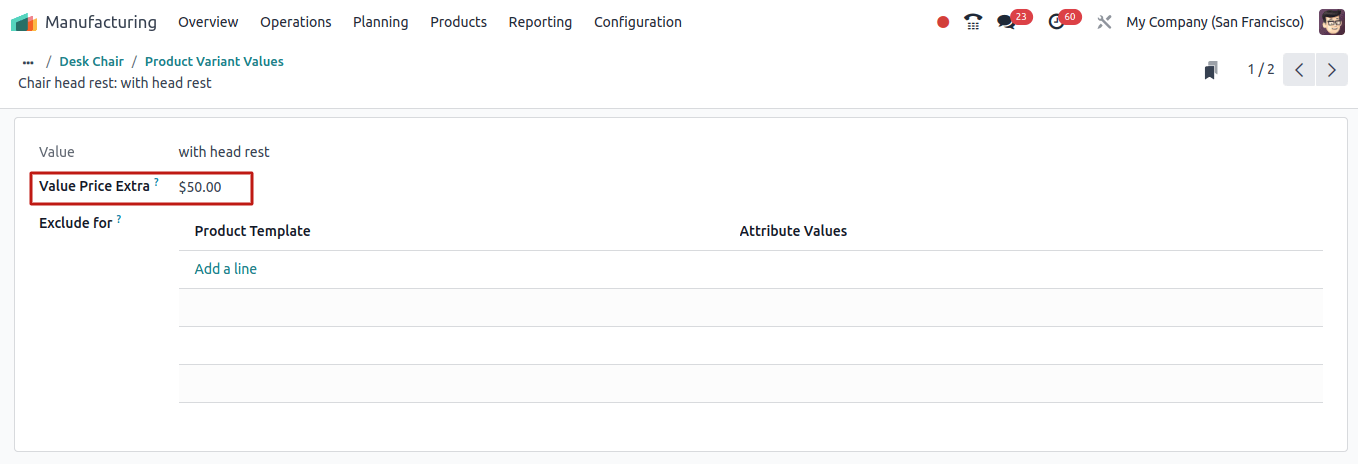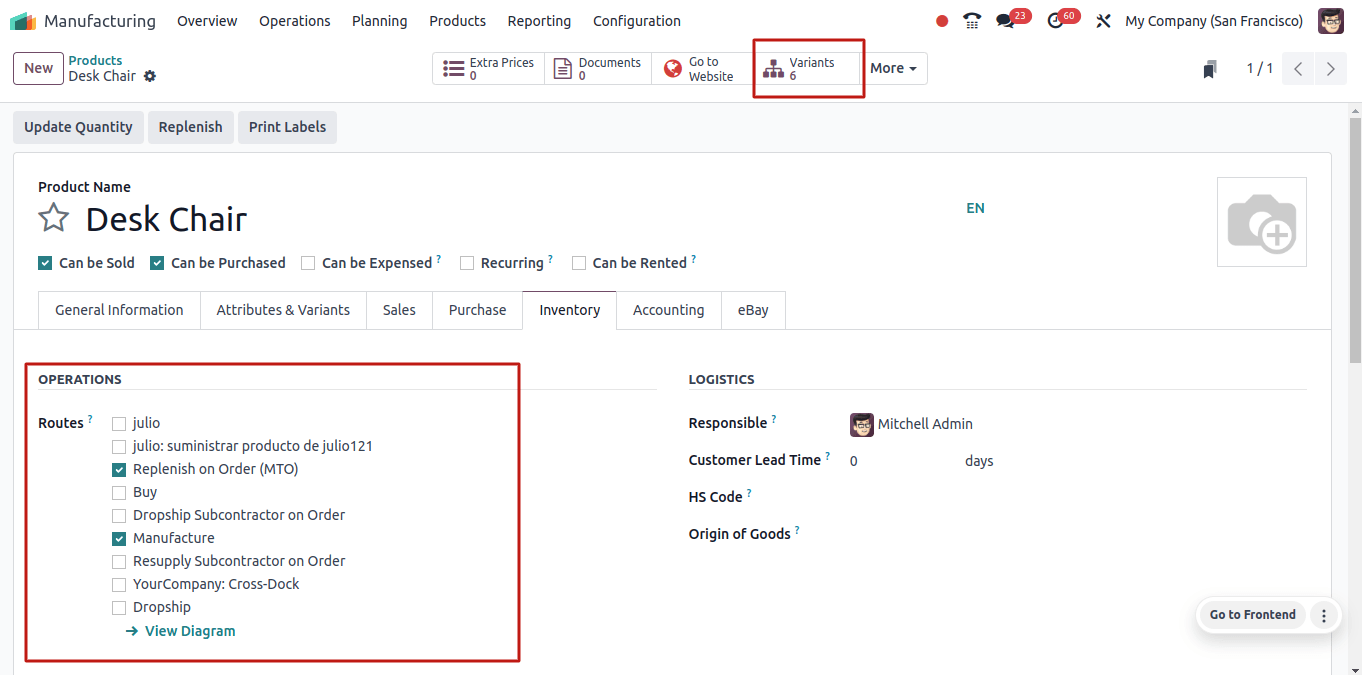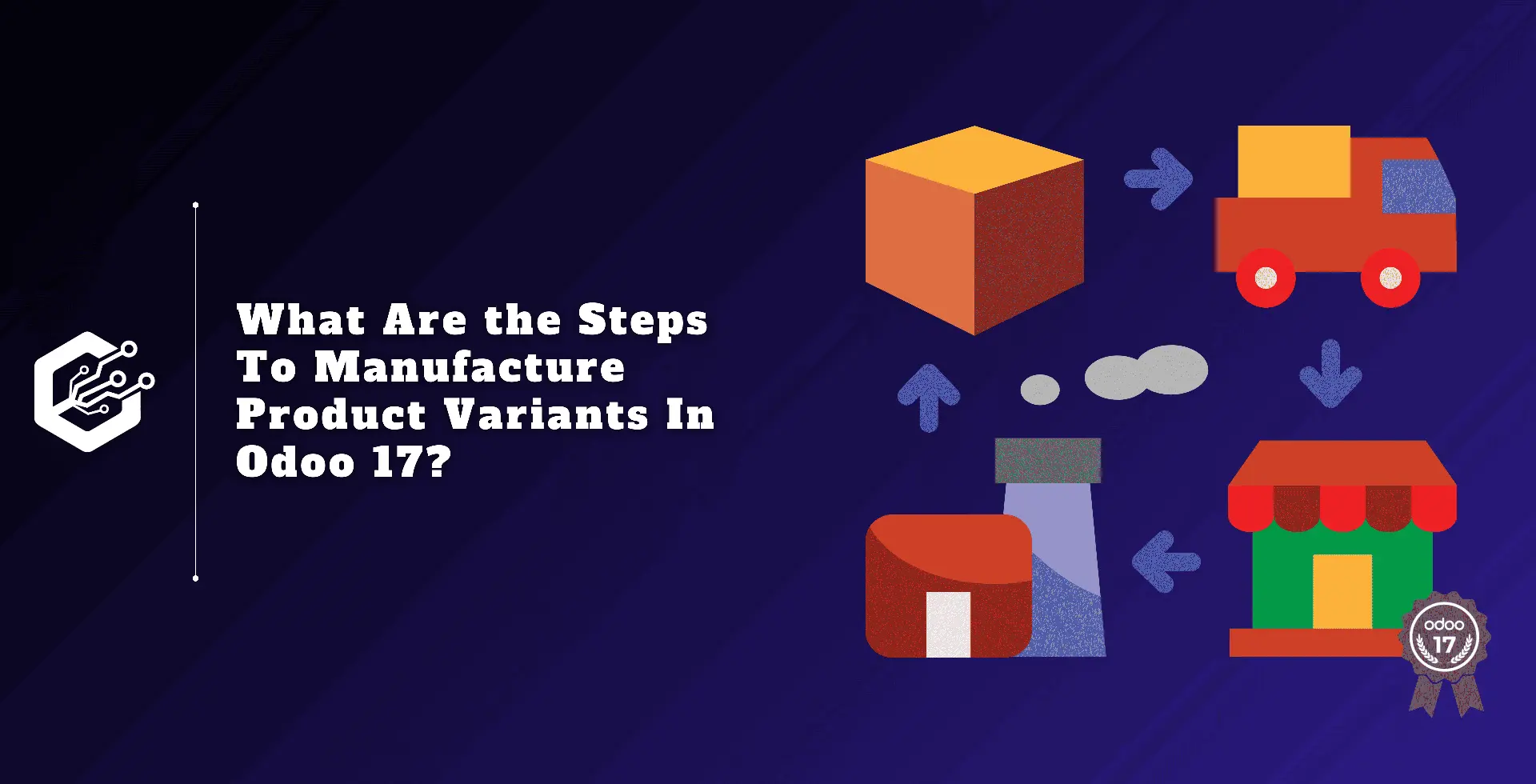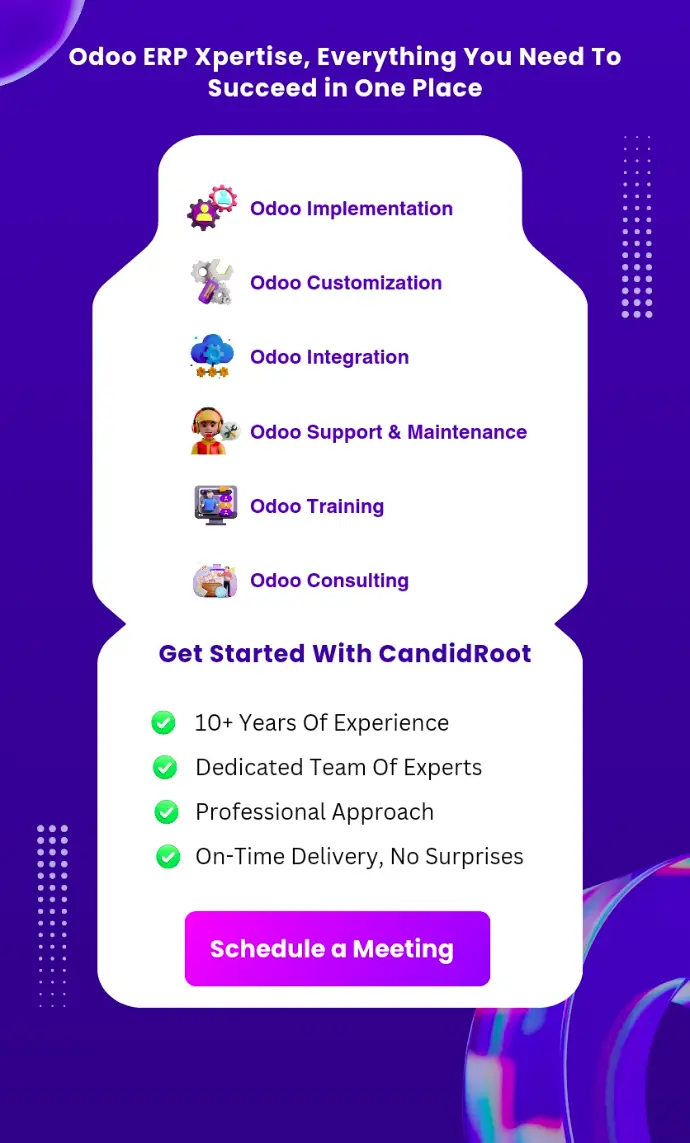Generally variants are different versions of a main product. To ensure that we have products to fit every customer's preferences, we can use product variants throughout production to enhance the number of sellable products.
We can design multiple variants of a base product. So, to create the base product, we want to manage numerous product variants from Odoo 17's manufacturing application.
How to manufacture product variants in Odoo 17
Configure a product and its variants before we begin the manufacturing process. We may construct a product and its versions using Odoo 17's Manufacturing application.
To do so, navigate to the Manufacturing module and select the 'Products' menu, followed by the 'Products' sub-menu. We can create new products by selecting the "New" button.
To create a new product, simply click the New button. Then, on the product form, click the Attribute & Variants tab to create several variants for the same product.

The following screenshot shows that we have configured a new product, a 'Desk Chair', and six versions with two attributes: color and chair headrest. We have designated the product type as storable.
We can set additional prices for specific products. For example, if we want to charge more for a chair with a headrest, we may do it by clicking the configure button next to the variant values.
We can provide an additional $50 for the product chair with headrest. For this, we can use the Configure button next to the relevant variant value.

Enter the extra price in the value price extra column. If we wish to exclude this product from any attribute values, we may do so by specifying the product template and the attribute values to exclude.

Then save the modifications that have been made. Then return to the product form and click the Inventory tab. There is an opportunity to configure the routes and establish Manufacture and Replenish on Order (MTO).
So, when we set it up this way, if a customer places an order and we don't have enough of the goods, a manufacturing order is generated.

Regarding the product, we can observe that six variations have been made. Then we can return to the product list. There, we can see the freshly generated product with a zero quantity on hand.
Now we need to construct a bill of materials for this product. To create a new Bill of Material, go to the product menu and select the Bill of Material sub-menu, then click the New button.
In that Bill of Material form, specify the product name and BOM type as 'Manufacture this Product'. All components required to make the product should be listed under the components tab.
Along with the components, we can supply the quantity required to make the products under the components tab.
The "Apply on Variants" column allows you to specify whether a production order applies to all product variations or only part of them. This field provides manufacturing process management flexibility for products with several versions.

Then navigate to the Operations tab of the Bill of Materials form. Under the operation tab, we may specify the operations that will be performed during the product's manufacturing process, and if any of these procedures are only performed for a specific variant, there is an option to provide that variant on the popup that appears when clicking the operation.
We can add these created operations to the 'Consumed in Operation' area of the component tab. Set the activities required to make the product on the activities tab of the BOM.

Clicking the 'Add a line' option in the Operations tab allows us to create new operations, and we can also set a specific operation for a given version. First, we define the basic operation for manufacturing all versions.
So, click the add a line button in the operation tab to create a new operation and supply the work center to which this operation is taking place, set the period to finish the operation, and also provide the variant if this operation is allocated to a certain variant.

We have configured the 'Basic' operation for the production of all products, regardless of variant.

The next 'Optional' procedures are exclusively for the 'Desk Chair with Headrest', therefore enter that variant in the Apply on Variants field.

We have specified the components, activities, and so on that are required while making a product. So, when a consumer places an order for this product and the on-hand quantity is zero, the production of this product will be triggered. So, let us establish a new sale order for these goods.
Move to the Odoo sales application and create a new quotation for the product 'Desk chair' that we have developed. So, when we choose that product, a popup window comes, allowing us to select the product variant. Choose the variant of the product that we will sell to our consumers.

After selecting a version, click the Confirm button in the popup box to confirm it. The quotation can then be saved and confirmed by clicking the confirmation button on the quotation form.

When we confirmed the order, we saw two smart tabs: one for shipping and one for manufacture. So, before we deliver the product, we want to build it because there is insufficient number.

To do so, click on the manufacture smart tab. On the new page, we can see that the MO for the product variant has been generated, and all of the components required to manufacture the product variant are listed under the components tab.

Then we can navigate to the work orders tab and identify the procedures required to manufacture the product. There are two activities included to manufacture that product.

Click the Start button to begin the first procedure, and then click the Done button after it is finished. Similarly, follow these procedures for the second operation. Then, click the Produce All option to start manufacturing the goods. As a result, the status of all operations will be changed to finished.

So the product's production process is complete. The next step in completing the order is delivery. Return to the quotation, select the delivery smart tab, and click the Validate button to confirm the delivery order.

This is the procedure for generating product variants in Odoo 17, which allows you to configure and manufacture different variants.


